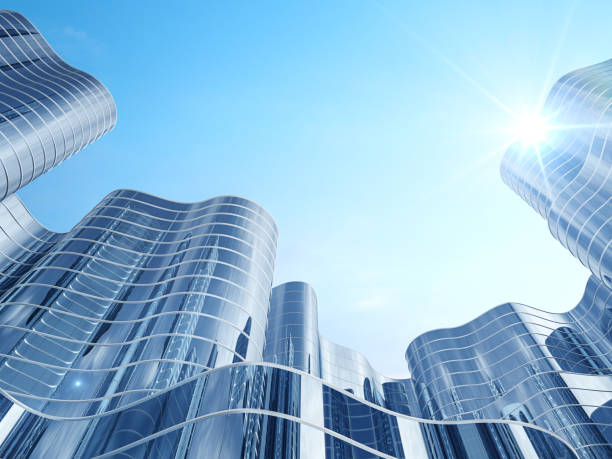Australia, renowned for its iconic landmarks, diverse landscapes, and unique wildlife, is also home to some of the world’s most innovative building designs. As urban development and sustainability continue to be a priority, the role of building management in Australia has taken a pivotal turn. The need for efficient building operations while maintaining an environmentally friendly approach is at the forefront.
Embracing Green Building Initiatives
Australia’s commitment to sustainable building has been evident for years, with the country being one of the early adopters of the Green Building Council. This body and its Green Star Rating system set the benchmark for best practices in sustainable building.
Contemporary building management now places a considerable emphasis on achieving and maintaining these ratings. This means optimising energy use, reducing water waste, and ensuring indoor environment quality, among other sustainability factors.
Integrated Building Management Systems (IBMS)
The modern Australian building is more than just brick and mortar; it’s a connected entity, thanks to IBMS. These systems are revolutionising how facilities operate, combining various functions like security, lighting, HVAC, and energy management under one umbrella. The real-time data these systems provide allows for proactive management, ensuring efficient operations and quick troubleshooting.
Emphasising Indoor Environment Quality
Australia’s diverse climate, necessitates adaptive building management strategies. Ensuring a comfortable indoor environment is essential not only for occupant satisfaction but also for productivity. Advanced HVAC systems, automated lighting controls, and indoor plants are some of the measures that building managers are employing.
Harnessing Renewable Energy
With vast expanses of sun-drenched land, it’s no surprise that solar power has become a significant focus in building management. New commercial and residential buildings are often fitted with solar panels, and there’s a push for older buildings to retrofit such systems. Building management involves not only the installation and maintenance of these systems but also monitoring their efficiency and output.
Prioritisation for Water Management
Given Australia’s history with droughts, water management in buildings is a pressing concern. Modern facilities now have rainwater harvesting systems, greywater recycling, and efficient plumbing fixtures. Building managers play a crucial role in maintaining these systems and ensuring they operate at optimal efficiency.
Education and Training
Building management professionals in Australia are investing time in continuous learning to keep up with these developments. Institutes and organisations offer specialised courses on sustainable building operations, energy management, and other relevant topics. This continuous upskilling ensures Australia’s building management sector remains at the forefront of global best practices.
Conclusion
Building management in Australia is no longer just about maintaining a structure; it’s about optimising its performance, ensuring sustainability, and enhancing the comfort of its occupants. As the industry continues to evolve, the role of building managers becomes even more crucial. With advanced technologies and a commitment to sustainability, Australia’s buildings are not just structures; they are living, breathing entities that reflect the nation’s dedication to a brighter, greener future.
Visit Luna Management for more information about management of buildings in Australia.
